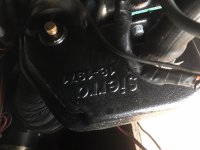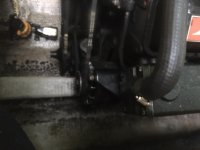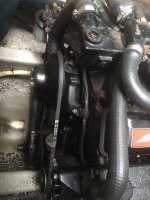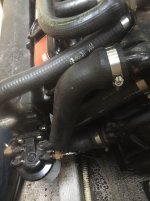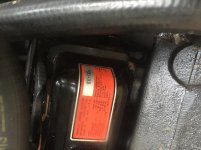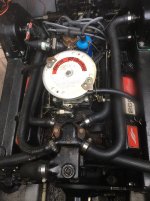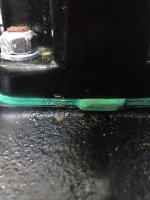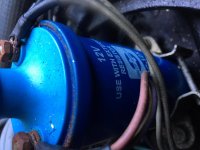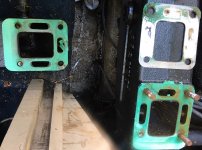I've been away for a while..... I just purchase a new to me boat, it's a project, probably long term. It's a 21' CC Scorpion with a 5.7 Mercruiser and I believe an Alpha one outdrive (I haven't checked the serial number tag yet). The PO has owned it for over 25 years. The 5.7 Mercrusier was replaced in 94. The boat was only in fresh water. Last year he had the exhaust manifold, risers, and water pump replaced. The engine and boat are in pristine condition.
This year after about 15 hours of run time on the new manifolds and risers the engine developed a problem where it started getting water in cylinder. He took it to a local mechanic who told him that he thought it was a head gasket problem. I don't know what if any test the mechanic did.
I'm looking for help on how to proceed with the trouble shooting of this issue. Before I go in and start taring things apart I would like to run some test to help pin point where the problem is. I was thinking of at least doing a compression test but I really don't know where to go from there. Any guidance would be greatly appreciated.
This year after about 15 hours of run time on the new manifolds and risers the engine developed a problem where it started getting water in cylinder. He took it to a local mechanic who told him that he thought it was a head gasket problem. I don't know what if any test the mechanic did.
I'm looking for help on how to proceed with the trouble shooting of this issue. Before I go in and start taring things apart I would like to run some test to help pin point where the problem is. I was thinking of at least doing a compression test but I really don't know where to go from there. Any guidance would be greatly appreciated.


